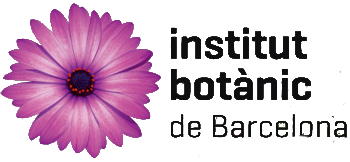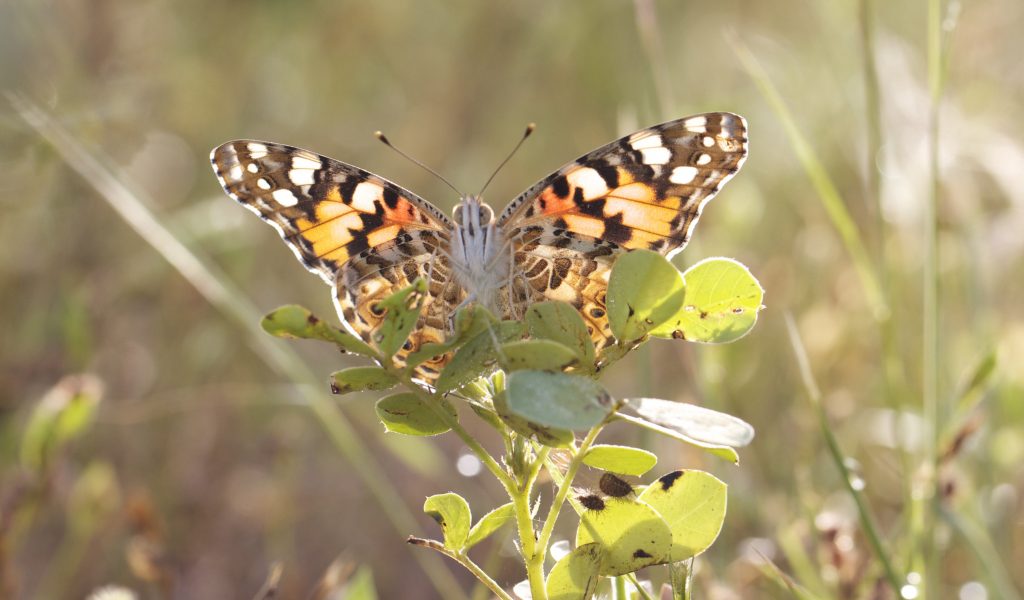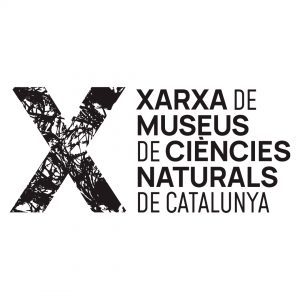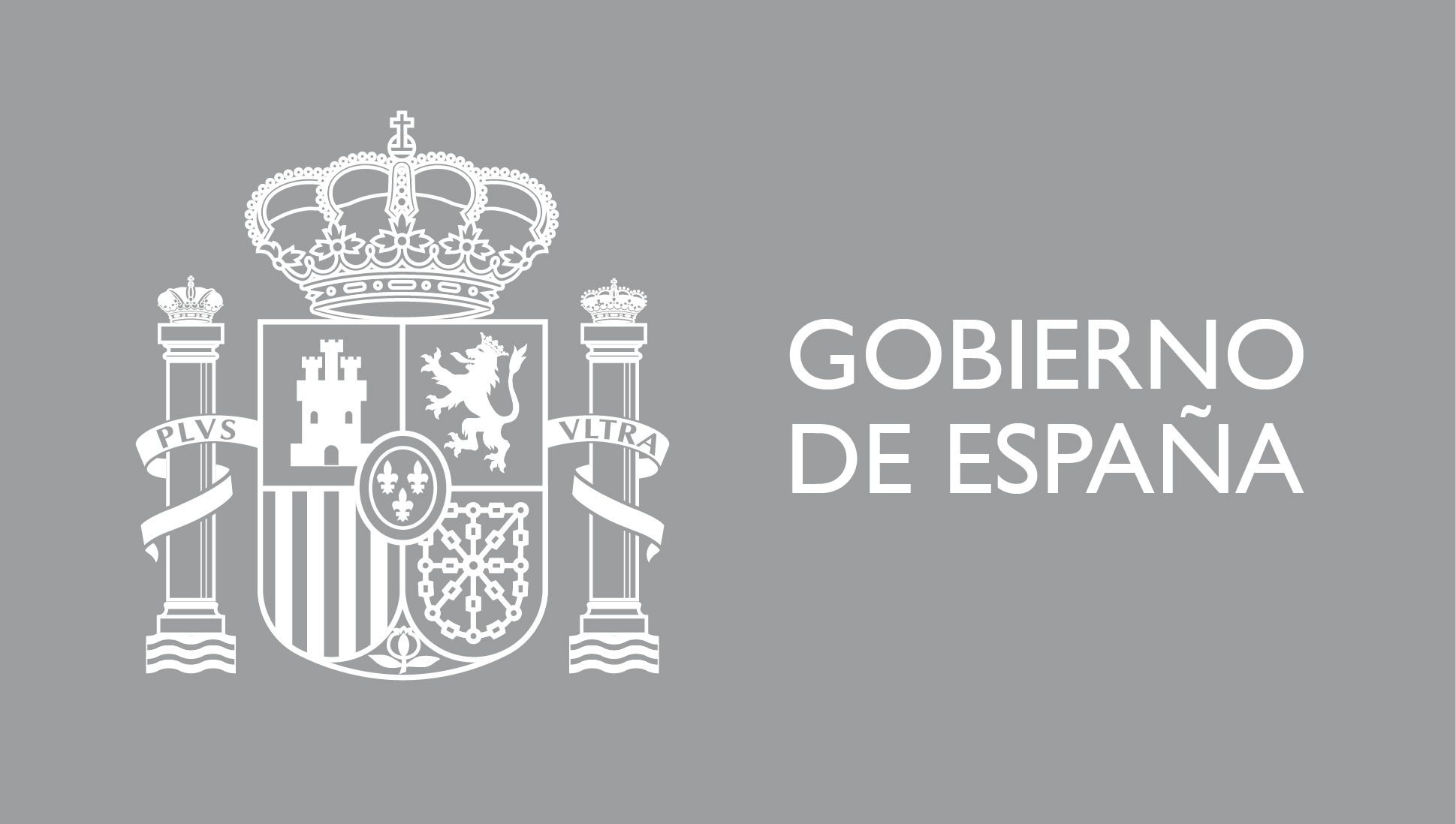The plant genus Helichrysum has colonised Madagascar several times from Africa while maintaining similar biomes.
• A study led by the AFROMONT research team has revealed new insights into the origin and evolution of Madagascar’s flora.
• Several analyses performed on the genus Helichrysum have revealed evolutionary links between the island’s species and species from various regions of continental Africa, providing evidence of multiple long-distance colonisations.
• The results have been published in the journal Molecular Phylogenetics and Evolution.
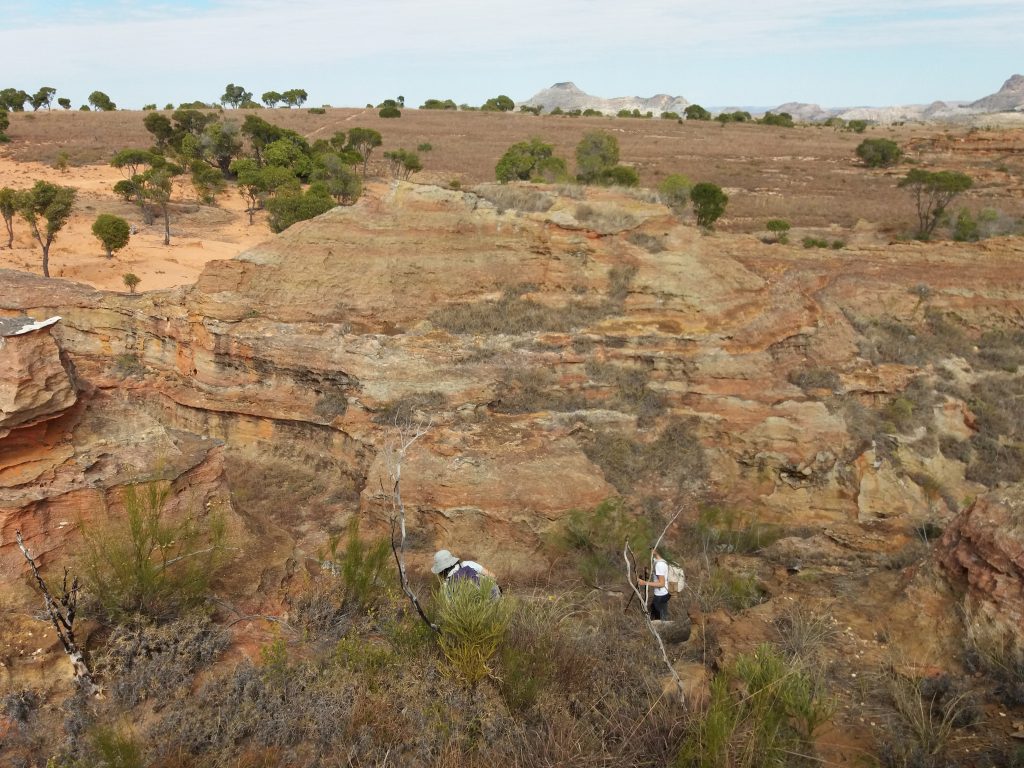
This study has been possible thanks to the collaboration of numerous international institutions coordinated by the Unit of Systematics and Evolution of Vascular Plants of the Autonomous University of Barcelona (UAB), associated with the Consejo Superior de Investigaciones Científicas (Spanish National Research Council) through the Botanical Institute of Barcelona (IBB).Researchers have joined forces to contribute to the knowledge of the flora of Madagascar, an island with an extraordinarily diverse but understudied and highly threatened biota.
Islands, well-defined and geographically isolated territories, are considered natural laboratories for studying ecological and evolutionary processes. Madagascar, known to be one of the world’s major biodiversity hotspots, has a high percentage of endemic species distributed in very diverse ecosystems. While some lineages are very ancient and predate the break-up of the supercontinent Gondwana, most arrived more recently through long-distance dispersal from other regions. Previous studies point to the strong floristic affinities between Madagascar and continental Africa, explained by their geographic proximity.
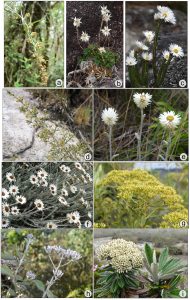
Although the Malagasy mountains are less well-known and less explored than other areas of the island, they are part of the Afromontane region and are home to a wealth of endemic Helichrysum. species. This work is of great importance as it is the first phylogenomic study focused on one of the most diverse genera on the island of Madagascar.
In this context, and using more than 300 samples comprising 57 species from Madagascar – of the 111 endemic species inhabiting de Island – around 900 genes were obtained using the Next Generation Sequencing technique (NGS) ‘target-enrichment’. Analysing this data has enabled the inference of phylogenetic relationships between species and the reconstruction of the biogeographic history of Helichrysum.
Thanks to the analyses, it has been possible to observe, on the one hand, the temporal and spatial context of the origin of the different Malagasy lineages, and on the other, the directionality of intercontinental migrations and patterns of dispersal and diversification within the island.
The phylogenetic trees obtained have a high statistical support. Molecular dating and biogeographic reconstruction suggest that Helichrysum has colonised Madagascar at least six times from different regions of continental Africa from the Pliocene onwards. Remarkably, these colonisations occurred between regions with similar bioclimatic conditions and plant communities of similar physiognomy, with conservation of the ancestral biome predominating in the initial stages of colonisation. For example, high-elevation habitats of Madagascar were colonised by ancestors originating from the high tropical African mountains, while the central highlands grassland species originated from the southern African montane grasslands.
Thus, the affinities between the montane flora of continental Africa and Madagascar are remarkable.Conservation of bioclimatic preferences also occurs between related lowland species, as we detect a single colonisation from the arid south-west African area to the arid south-west of Madagascar.
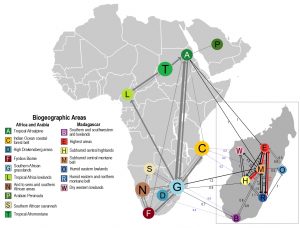
Many of the related African and Malagasy species not only have similar bioclimatic preferences but also show remarkable morphological similarities. However, once on the island, several lineages have diversified morphologically and have been able to adapt to different bioclimatic conditions,as we also find closely related species with very different ecological preferences and morphologies. This phenomenon is especially evident in two mountain radiations that occurred 2 million years ago, coinciding with the transition to a more arid and colder climate, together with the expansion of open habitats.
In short, this study contributes to deciphering the origin and diversification patterns of one of the most outstanding lineages of the Malagasy mountain flora.
The work has received funding from the Plan Estatal de Generación de Conocimiento (PD2019105583GBC22/ AEI/ 10.13039/501100011033) and the Ayudas a grupos consolidados de La Generalitat de Cataluña (2021SGR00315) and is part of Carme Blanco Gavaldà’s doctoral thesis, funded by AGAUR (2022FI_B00150)).
Reference article:
Blanco-Gavaldà, C., Roquet, C., Puig-Surroca, G., Andrés-Sánchez, S., Razafimandimbison, S. G., Letsara, R., Bergh, N., Cron, G. V., Moreyra, L. D., Calleja, J. A., Castillo, Ò., Bayer, R. J., Leliaert, F., Susanna, A., & Galbany-Casals, M. (2025). Biome conservatism prevailed in repeated long-distance colonization of Madagascar’s mountains by Helichrysum (Compositae, Gnaphalieae). Molecular Phylogenetics and Evolution, 204, 108283. https://doi.org/10.1016/j.ympev.2024.108283

